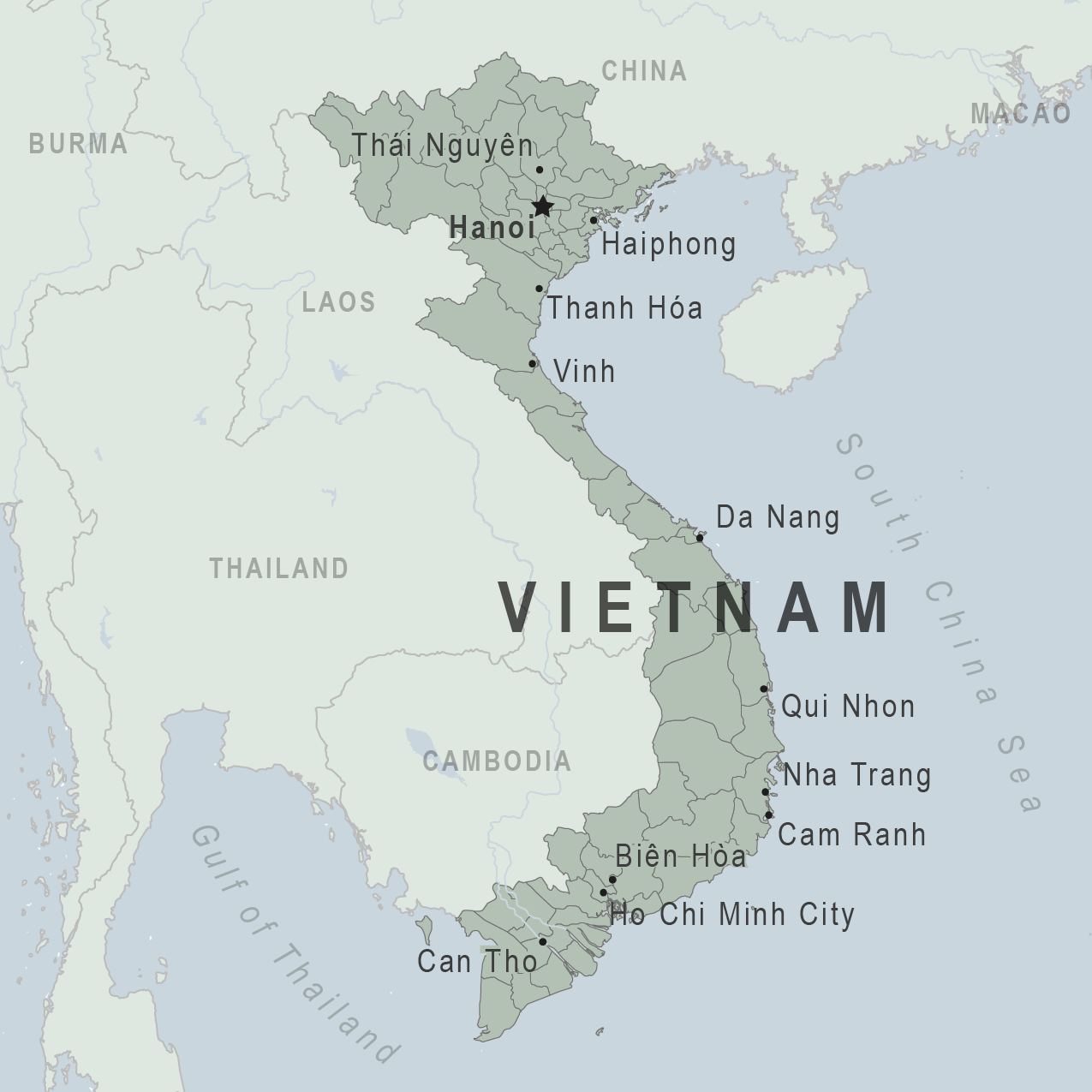


typical wedding ao dai
The textile tradition that I chose to talk about was the traditional dress in Vietnamese culture. The traditional dress for women was the female version of the ao dai (pronounced like ow-ee-yai) which is typically a silk tunic that flows down to the ankles and white silk trousers or a long skirt underneath, depending on which region of Vietnam. In the past, the color of the ao dai often reflected class and status. For example, those of the upper class often had gold details and royalty often had intricate gold embroidery of dragons.

The origin of ao dais is said to be in Hanoi, the capital of Vietnam, but no one knows when it really sprouted its roots. There has been a lot of evolution of the style of ao dais as is laid out in the video below. The first clear evidence of the ao dai was in the late 1700s, in the North, the northern lords of Hanoi forced subjects to wear ao giao linh (ow-yow-lin), which was essentially a front buttoned gown and skirt. In the South, members were demanded to wear gowns and trousers. Later we saw the northern version begin to evolve into the current image of the ao dai by shifting to differentiate between social classes. In the early/mid 20th century, when French colonization took over in Vietnam, Hanoian artist, Cat Tuong varied the ao dai into many different silhouettes, taking inspiration from Western fashion. Many of the designs were considered too scandalous for traditional Vietnamese culture, so the ao dai evolved to be made of 2 flaps, tight to the body, and closed at the neck. In the late 1950s when the US replaced the French occupying forces, there was a controversial fashion statement made by the wife of the President’s chief advisor that resulted in a ban on the style of ao dai. However, this created even more popularity for the ao dai, especially in Southern Vietnam when Saigon designer Dung Dakao revolutionized the dress again. In the 1980s, ao dais began to be made with lighter materials, vivid colors, patterns of plants, flowers, and geometric shapes. In the 21st century, the ao dai was worn less on a daily basis but remains as a symbol of cultural pride, grace, beauty, and creativity.
In today’s society, ao dai are most commonly seen at Vietnamese weddings, as can be seen in the third image at the top. The bride will traditionally wear red and the groom will wear either blue or red. Guests at the wedding will also wear an ao dai.

The image quality is kind of bad but here is a picture of me at my uncle’s wedding wearing an ao dai :)) I chose to research this topic because my dad’s side of the family is from Vietnam and I have been wanting to get an ao dai custom made for myself so it is very exciting to learn about the history of the ao dai. This is part of my family’s culture and it is important to learn 🙂
